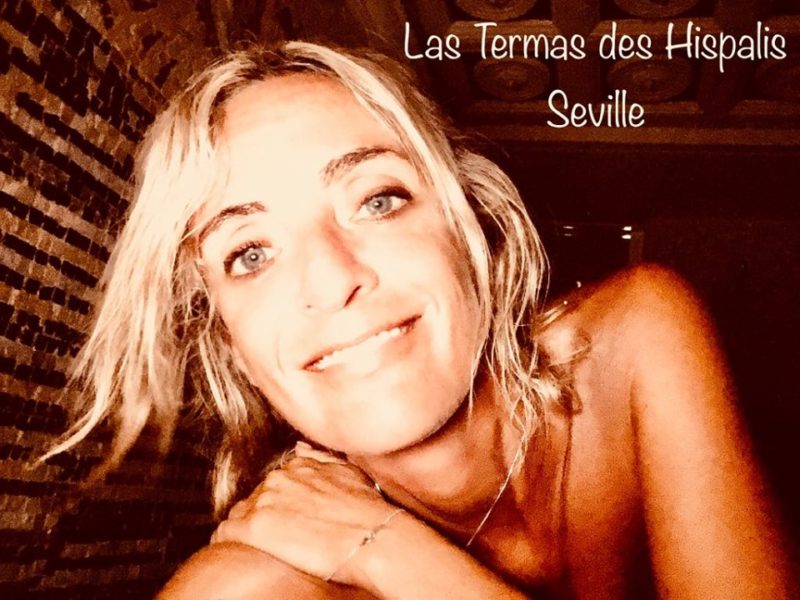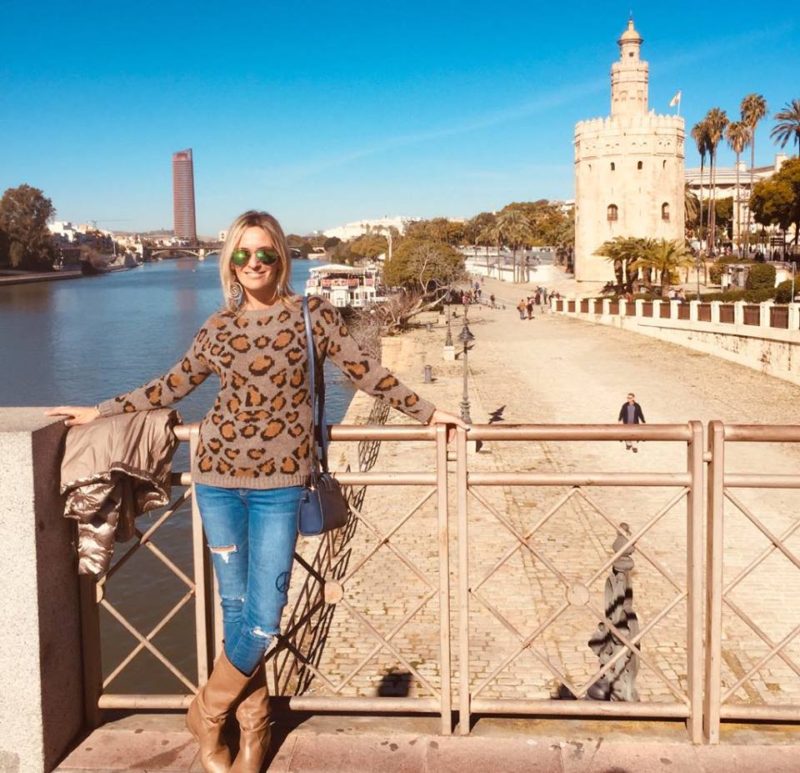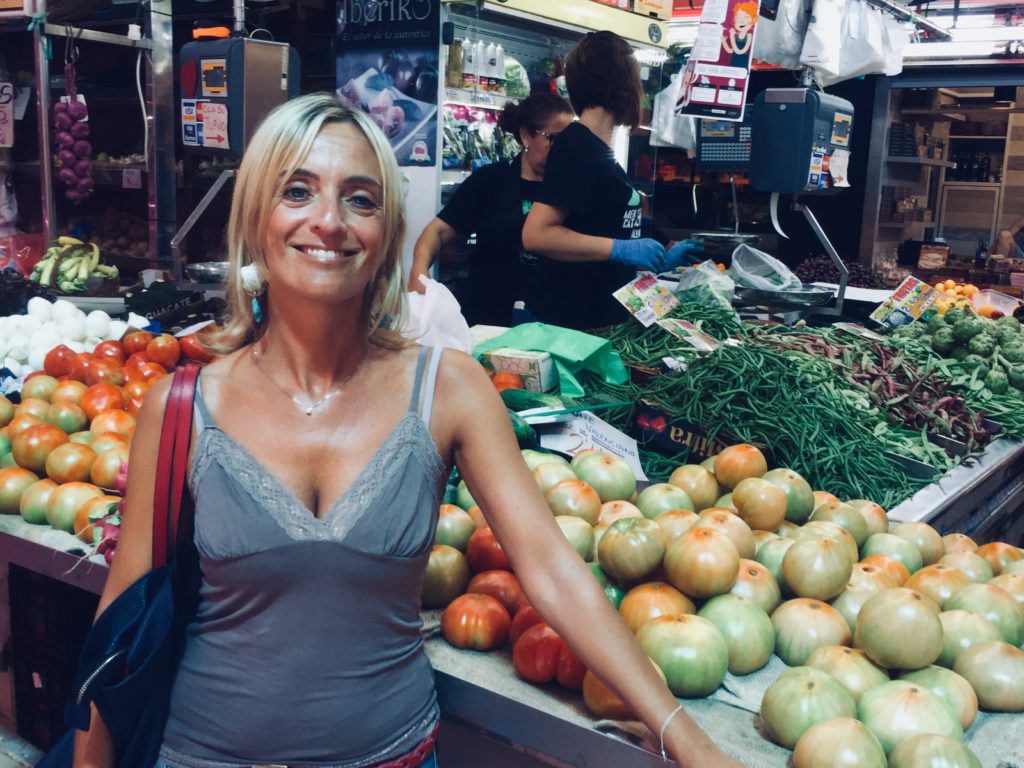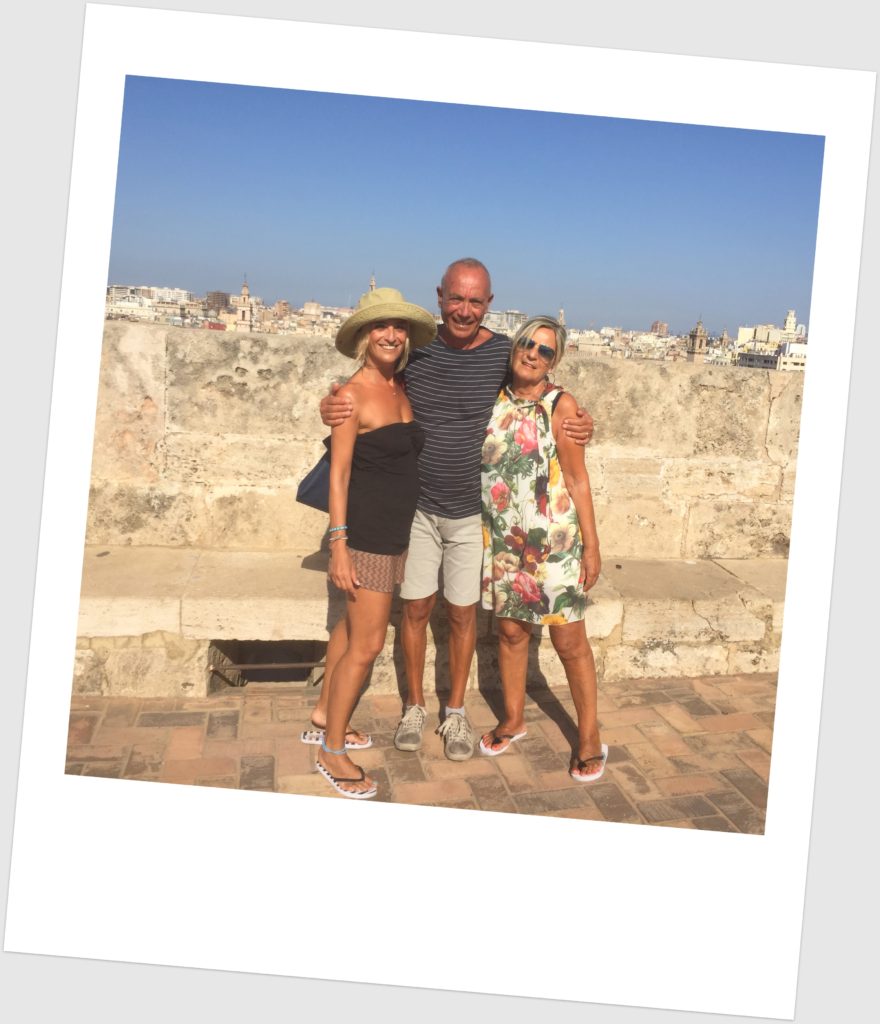“Taking time to do nothing often brings everything into perspective”
‘Las Termas des Hispalis’, the best Spa in Seville
My third trip in Seville in a hot week in July made me think of doing something special for me. That’s why I decided to spend a magic day in an exclusive Spa in the heart of Seville at :
- ‘Las Termas des Hispalis’: This angle of paradise is located in Calle Sta. María la Blanca, 3, 5, close to the Hotel ‘La Judaria’.
It was really the best thing of my stay in the charming Capital of Andalusia . Upon my arrival there , I met Martina, the blond and lovely receptionist . She explained me what I could do there.
A magic moment for myself at ‘Las Termas des Hispalis’
So I went on with booking my relaxing moment for 90 minutes. Martina offers me the possibility to combine my circuits with an extensive menu of relaxing and exotic massages, therapeutics and body wraps . I made my reservation for a Saturday afternoon, and I was able to be spoiled by my therapist at my preferred timing at 19:30.
Here What I did:
- I arrived 10 – 15 minutes prior to my appointment, to get into the mood of relaxation;
- A friendly hostess provided all I need for my day Spa , such as towel and slippers;
- I take a warm shower before my treatment, as it relaxed my tired muscles;
- I enjoyed a body massage, a steam bath and a sauna;
- I drank fresh water and an orange juice;
- I played with the water inside the ‘Jacuzzi pool’ being tickled by hydromassages;
- I admired the stunning location full of mosaics and candles.
5 Reasons to go to ‘Las Termas des Hispalis’ , Seville
Spa and relaxation goes hand in hand, and you perform better if you visit Spa regularly. It combats stress and improves mental health.
There are 5 benefits of attending ‘Las Termas des Hispalis‘ . You can:
- Improve vital health;
- Reduce anxiety;
- Enhance the ‘feel good’ factor;
- Stimulate lymphatic system;
- Mudpacks and mineral water bath have anti-inflammatory activities that can cure some skin problems.

Seville is a city of wonder!
Sometimes I forget that my body needs respect and attention and I often take that for granted. At ‘Las Termas des Hispalis‘ , I was able to to separate myself from daily routine, tasks, and technology. Seville is always in my mind and I have one more reason to come back soon!
If you like my post, please subscribe to the socials of www.WeLoveitaly.eu :









